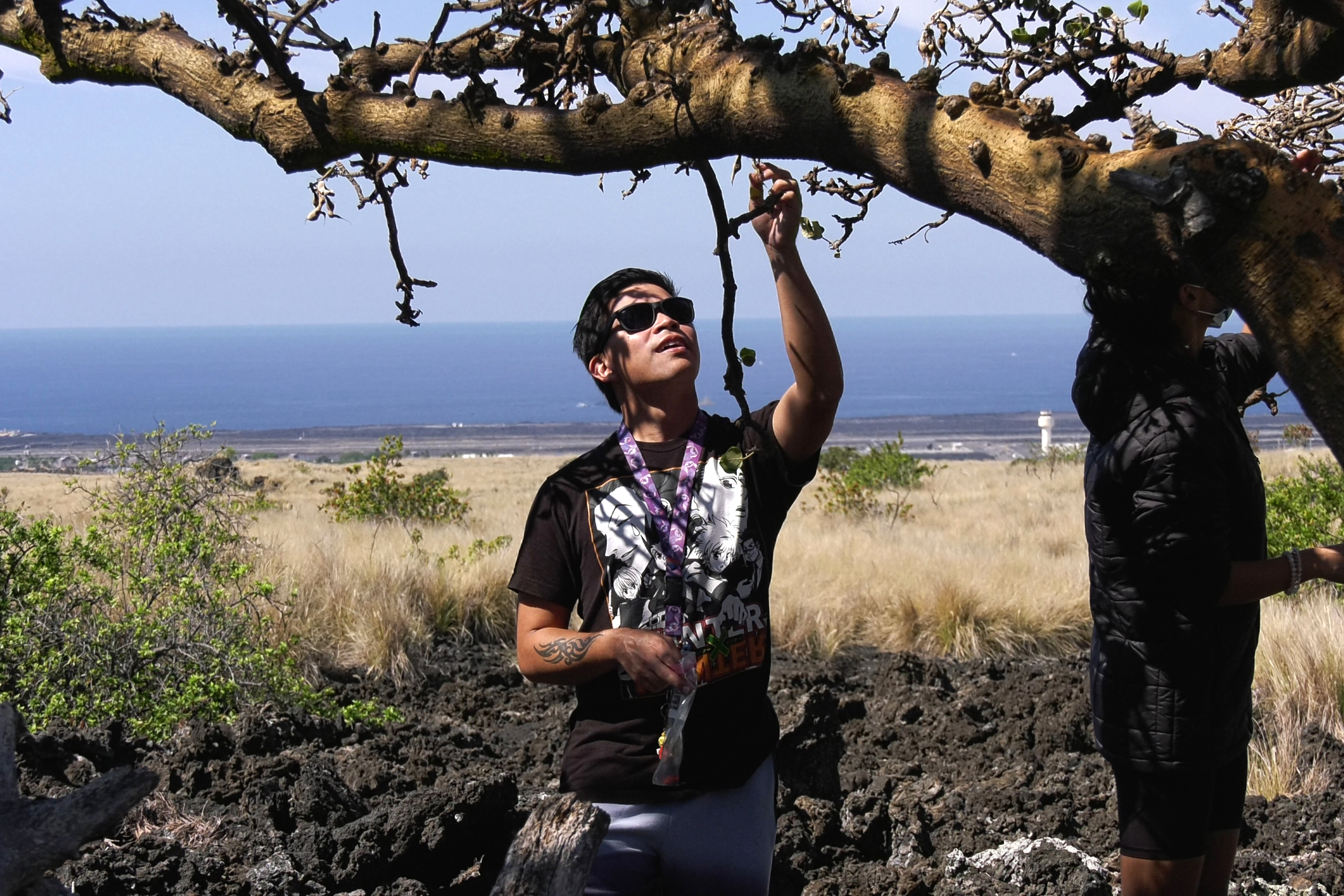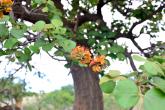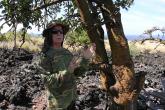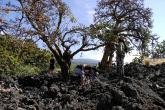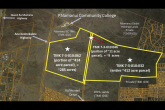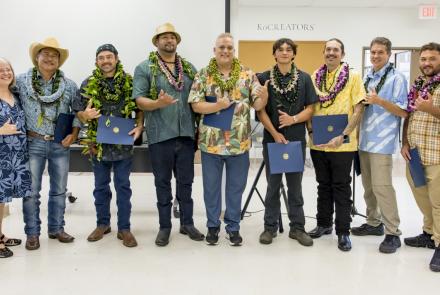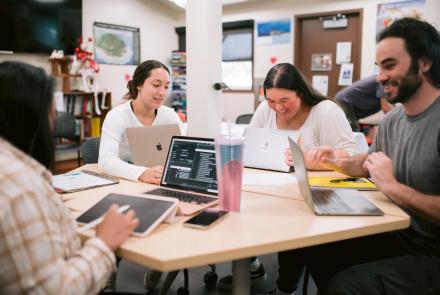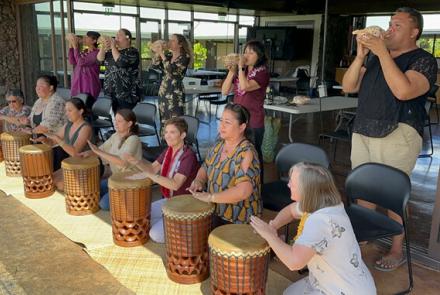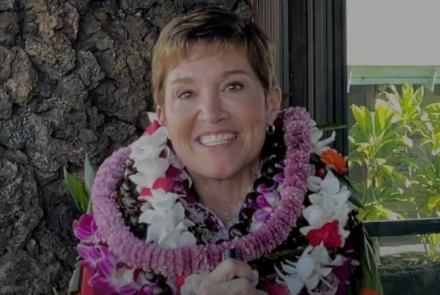Pālamanui Campus Preserve will be an 'outdoor laboratory' and help conserve endangered dryland forest
Hawai‘i Community College – Pālamanui is gaining a 706-acre forest preserve next door to campus that will be an important outdoor learning area for students and the community.
The “Pālamanui Campus Preserve” project has received the green light from the state Board of Land and Natural Resources, which authorized a memorandum of understanding (MOU) between the University of Hawai‘i (UH) and the state Division of Forestry and Wildlife (DOFAW) to collaboratively manage the lowland dry forest area next to the North Kona campus. The parties are in the process of completing the MOU.
Dr. Richard Stevens, a history lecturer at Hawai‘i CC – Pālamanui who has helped lead the project, said it’s a huge step toward protecting a critical environment.
“The most endangered ecosystem in Hawai‘i is the lowland dry forest, and in fact the lowland tropical dry forest is the most endangered ecosystem worldwide,” Stevens said. “In other words, this type of forest all over the world has almost completely disappeared, so this is hugely important ecologically to preserve what remains and restore what is gone.”
The Pālamanui Campus Preserve features ancient Hawaiian trails, archaeological sites, and beautiful wiliwili trees, lama trees and other species that make it a place rich with opportunity for education and inspiration, said Stevens.
“This is the practice of indigenous wisdom, to restore and protect and assist the ‘āina, to help it recover,” said Stevens.
Stevens has been taking students and community members into the forest for years to help clear trails, gather seeds to propagate native plants and to connect students’ study of history to a real place.
One of those students is Hiwa Campbell, who is studying Liberal Arts at Hawai‘i CC – Pālamanui. Time spent in the forest preserve supports academics, said Campbell, but has also reminded her of values like patience that carry over into the rest of her student life.
“The forest preserve would be a huge resource for agriculture, forestry, possibly botany,” Campbell said. “But also, in the action of restoring and perpetuating something, it gives students a sense of place and belonging and teaches values that sometimes academics doesn’t teach us.”
Hawai’i CC has existing programs in Natural Science and Tropical Forest Ecosystem and Agroforestry Management that could potentially use the preserve as a learning resource.
“These two academic programs align perfectly with this unique outdoor laboratory, which creates potential opportunities for them to expand and grow in West Hawai’i,” said Raynette “Kalei” Haleamau-Kam, Interim Director of Hawai’i CC – Palamanui.
Dr. Elliott Parsons, Natural Area Reserves Specialist with DOFAW, said the collaboration with Hawai‘i CC – Pālamanui is a natural fit.
“Having a 706-acre dry forest preserve as a living laboratory for students is the perfect place to engage student curiosity, allow students to gain practical skills in conservation and resource management, and teach students about the incredible endemic biodiversity of the Hawaiian Islands and how to protect it,” Parsons said. “UH is playing a vital role in training the next generation of conservation leaders, and there is therefore great overlap in the educational and resource protection missions of both UH and DOFAW."
The project has already received $60,000 in legislative funding that will most likely be used for the initial protection of a grove of wiliwili trees through fencing and weed control, said Parsons.
Haleamau-Kam pointed out that the forest preserve project aligns with an on-campus project to create a botanical garden.
“The garden would allow keiki and kupuna to discover and reconnect with the plants that grow in lowland dry forest ecosystems even if they can’t go into the preserve,” said Haleamau-Kam. “We plan to use the garden as an opportunity to provide the community with information about what resides on our land, right in our backyard.”

